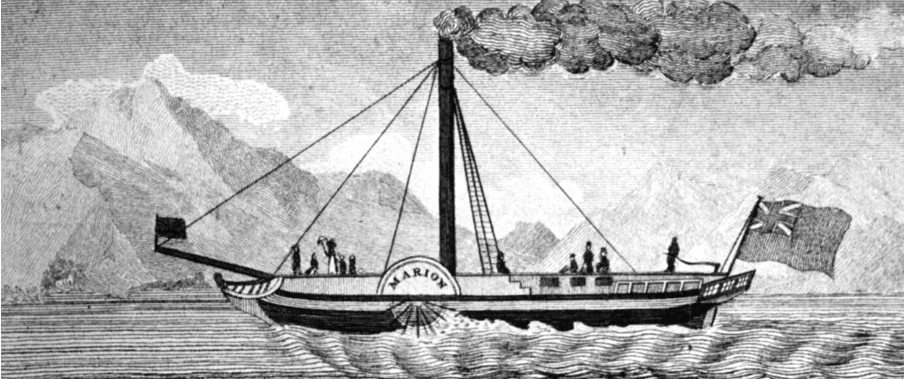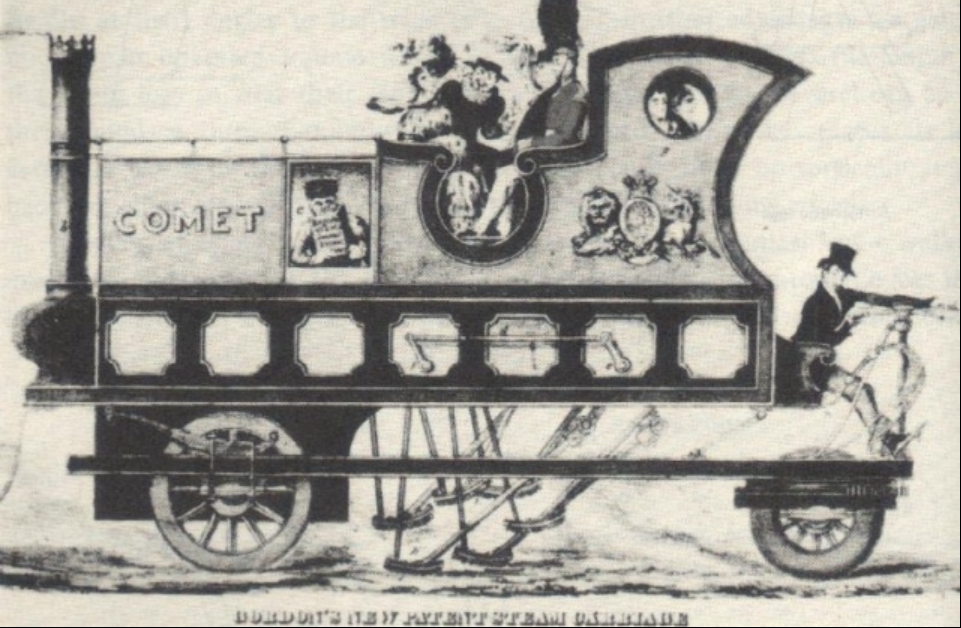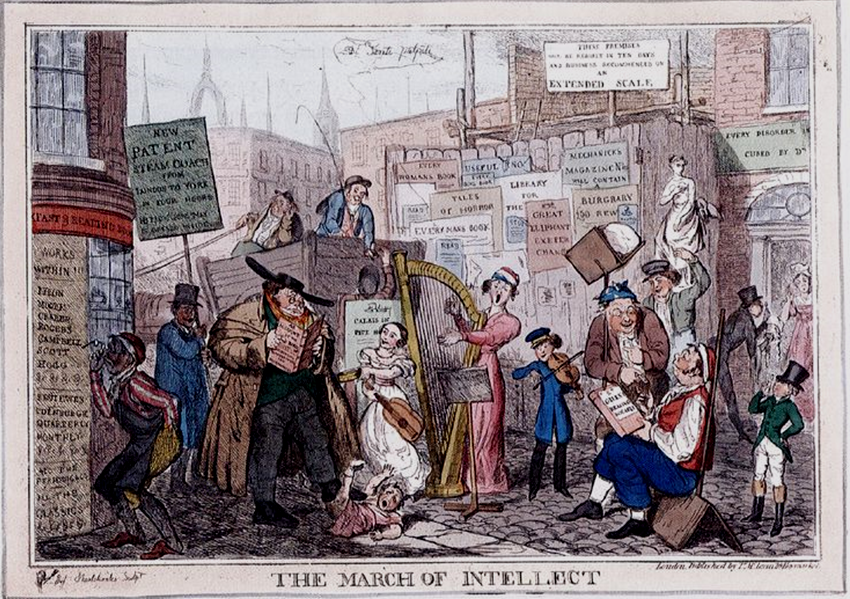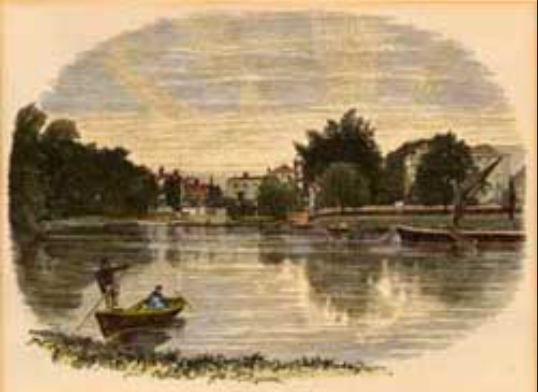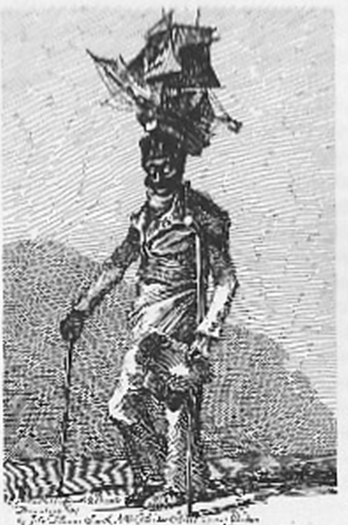[Note 151.1] "concerning this new invention, Of winding up coals in a cage " :- The system of hoisting and lowering men and material in cages by steam power was first used at Haswell colliery.
[Note 151.3] "It was eighteen hundred and thirty eight, We began to prepare to make the shaft right" :- Work on New Engine Pit began in 1833 [Ref: http://cmhs.org.uk/27-05-2013-haswell-plough-colliery/]. The steam powered cages probably began operating in 1838 (see note 3 below). A. L. Lloyd (in Folk Song in England) says that it was printed by George Walker in Durham during or soon after 1839 when Walker began printing. See note 4 for additional evidence that the song was written in 1839.
[Note 151.3] "Five hundred and thirty tons of the best coal, In the space of twelve hours we can lift up this hole" :- The introduction of steam powered cages greatly increased the productivity of the mine. The Durham Chronical 28th September 1838 quoted the report of the half-yearly meeting of the Durham and Sunderland Railway as saying "the revenue [for the half year just ended] "exceeds that of the preceding one by £1,364.15s 6d, there having been an increase in the passenger department of 1,700 individuals and a proportionate increase in the transit of coal…for several months past the whole of the coals won at the Haswell Colliery have been conveyed along this line".
[Note 151.4] "It oft puts me in mind of a new railway coach." :- In 1839 the railway company decided to take on passenger conveyancing itself and by early 1840 receipts from passenger services amounted to six per cent of the total revenue. The early railway companies set out to capture the coal trade from the new collieries and had little interest in passengers. [Ref: http://www.haswell-history.co.uk/railway.html]. In 1836 about eight miles of the eastern division of the Sunderland and Durham railway was opened, by several trains of wagons laden with coal, being brought along a new branch from Haswell colliery to the main line, and conveyed thereon to Sunderland, where the coals were shipped amidst the loud huzzas of the spectators, the firing of guns and a numerous display of flags hoisted on many conspicuous places. [Ref: Durham Mining Museum http://www.dmm.org.uk/colliery/h001.htm]
[Note 151.5] "Now the young men and maids sometimes take a trip, Out to sea in fine weather aboard a steam ship" :- Paddle steamers had been providing pleasure trips for some years (see bar106~Eagle Steam Packet and bar054~Changes on the Tyne). Haswell miners clearly had disposable income. (See note 3)


